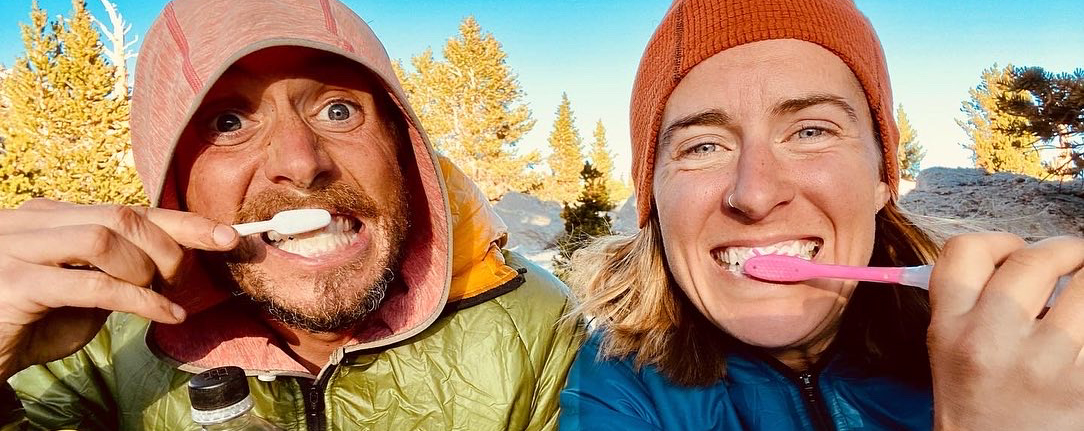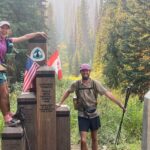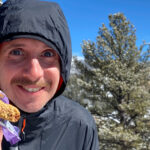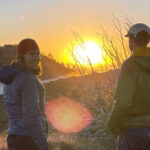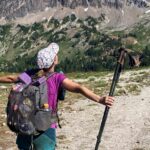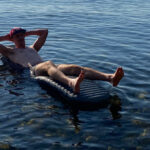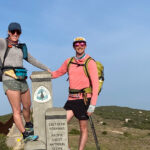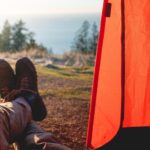How to Prep for the High Sierra on your PCT Thru Hike
In 2022, my wife Vee and I completed a 2,650 mile northbound thru hike on the Pacific Crest Trail. After 700 miles of desert, we entered the town of Kennedy Meadows. It is here that we began our journey into the Sierras and Northern California!
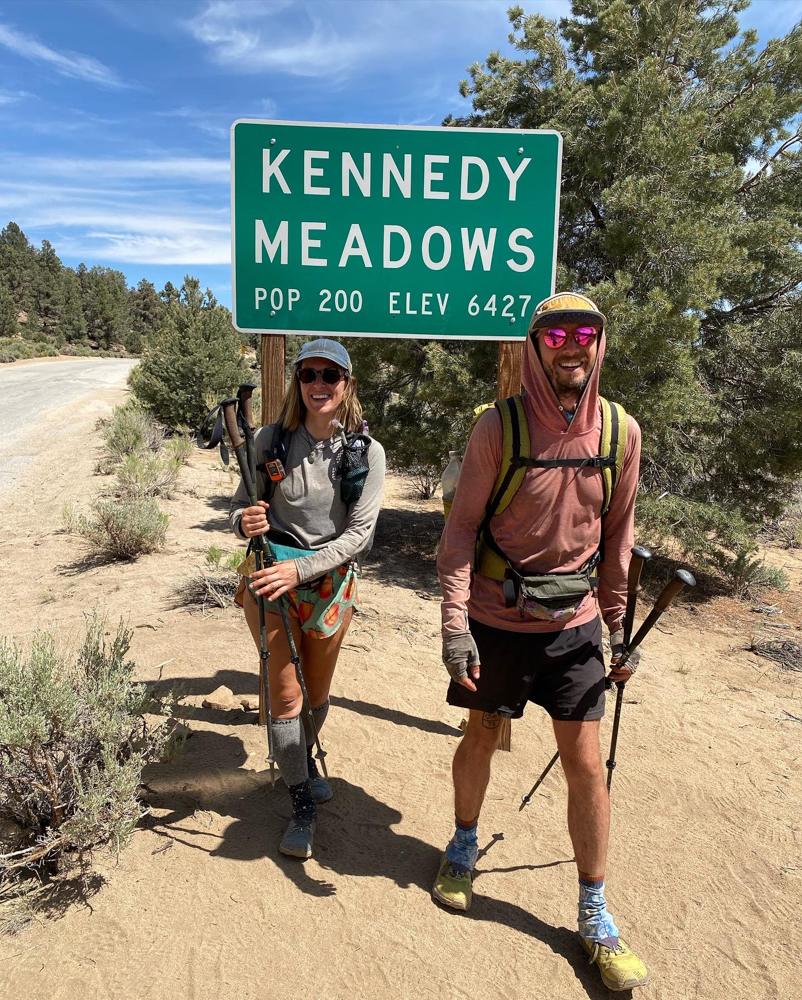
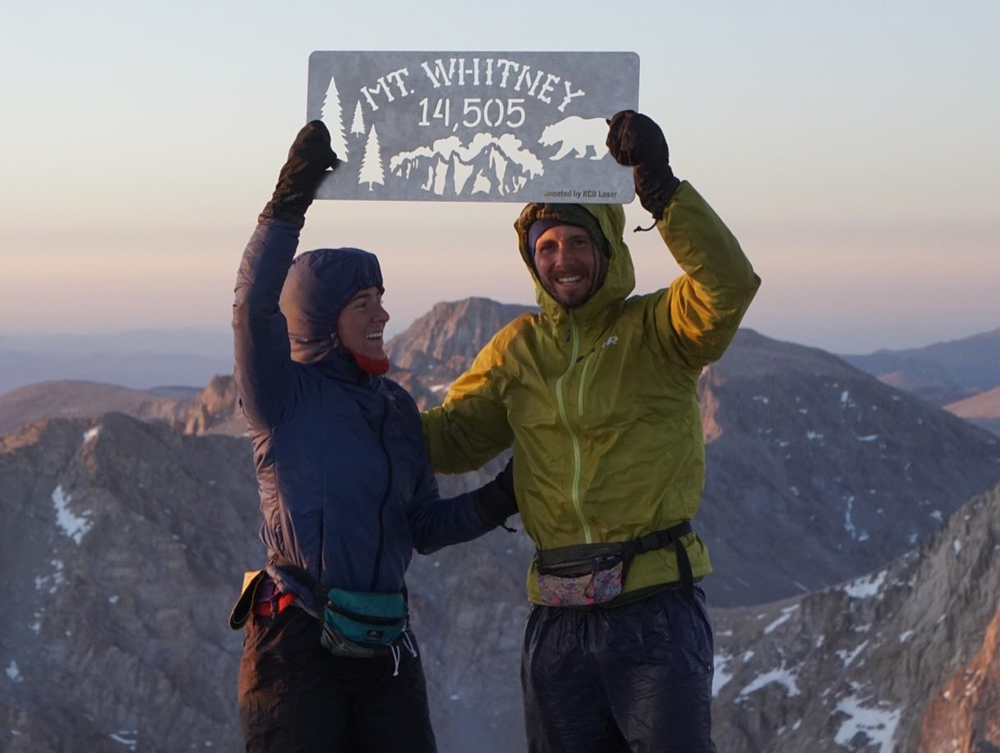
Planning for the Sierras
On any given year the mountain landscape in the Sierras can accumulate large amounts of snow. Typically this is the section of trail that is most anticipated by hikers for both its beauty and challenges. There are high mountain passes such as Forrester Pass (13,153’), and the optional summit of Mt. Whitney (14,505’), which is the highest mountain in the lower 48! While not a part of the official trail, almost all thru hikers take advantage of its proximity, to bag the summit and take in the views. Hikers will reach the summit throughout the day, however if the weather allows, we would highly recommend catching sunrise at the top (yes, it was worth it). These high points and the combination of elevation change, technical terrain, river crossings, and mosquito swarms make for a taxing stretch of trail. Here is some of the gear we had planned on using:
- Microspikes: Our Kahtoola and Black Diamond Microspikes are best used for flat to low angle snowy slopes to gain traction and are often a great lightweight option for traversing passes through the Sierras.
- Ice Axe: Our CAMP Corsa Ice Axes provide the ability to self-arrest on snowy and icy slopes in case a hiker were to lose their footing during a traverse.
- Bear Canister: An item that is required by various Wilderness Areas, we went with the Bearvault BV 500. This allows us to safely store our food overnight between resupplies.
- Head net: Our Sea to Summit Head Nets provide us with protection and sanity when dealing with swarms of pesky mosquitoes.
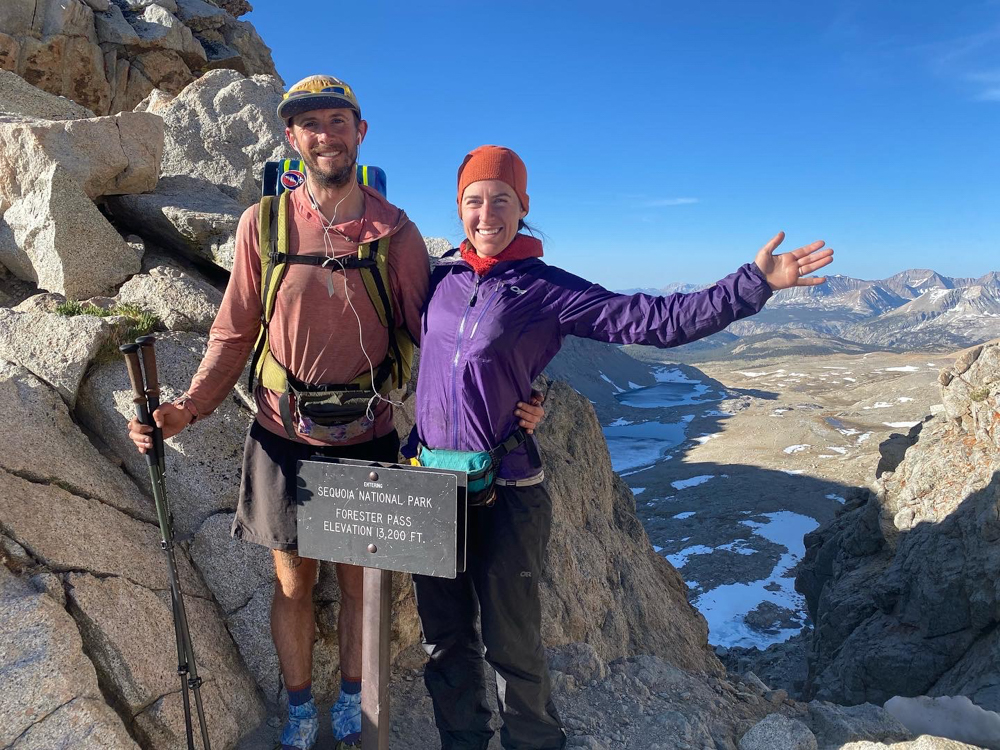
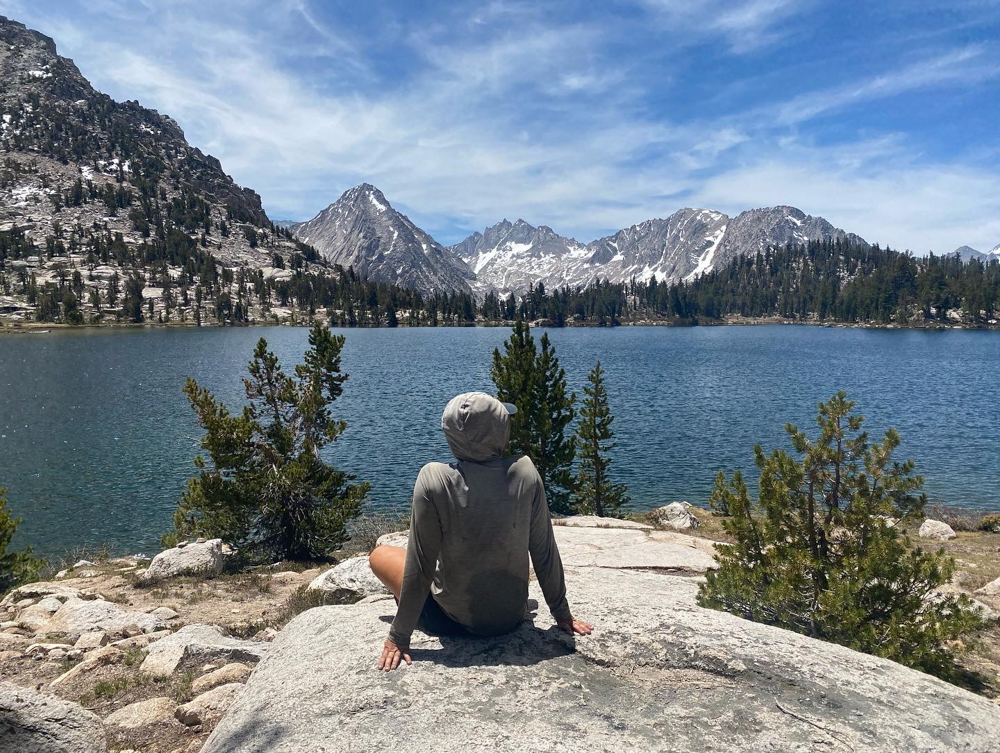
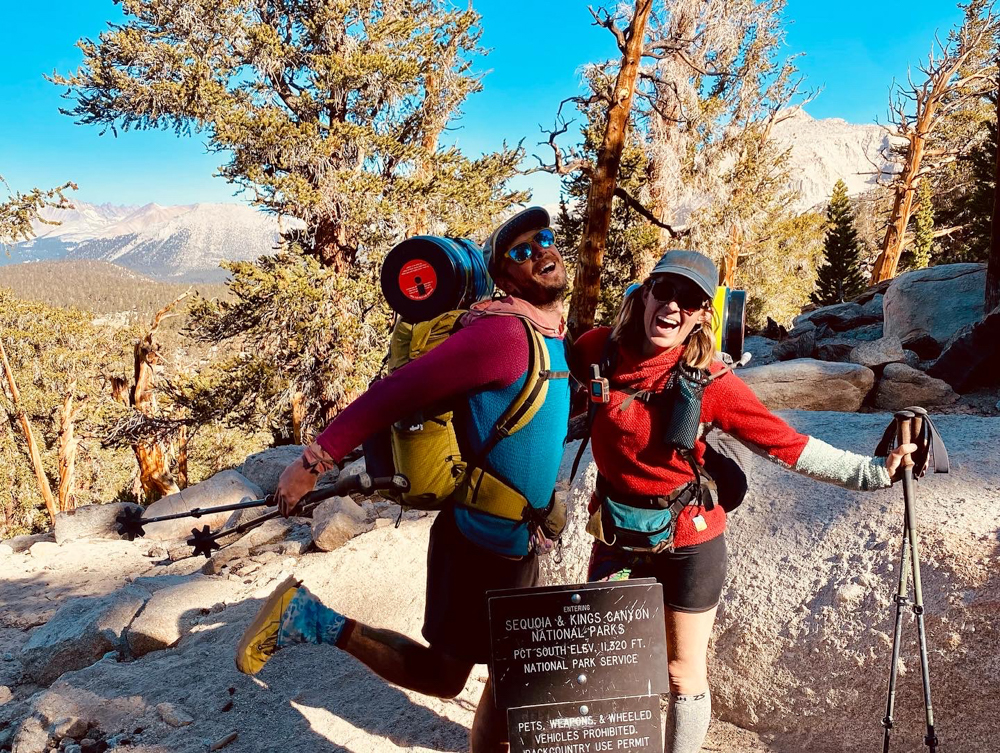
So How’d it Go?
Prior to hitting the trail, there is only so much information that thru hikers are able to acquire about the existing conditions in the Sierras. While many make good use of tools such as Postholer.com, the PCT Water Report and FarOut, a lot can happen between touching the southern terminus and arriving at Kennedy Meadows. While much of the west coast had received a strong December snowpack the previous winter, there wasn’t much more notable snowfall to mention after that. Between this and heat waves occurring upon our arrival to Kennedy Meadows, we began to question the gear that we had shipped to us at the General Store in town. In order to get a better grasp of the conditions, we decided to contact some hikers that we knew were ahead of us via our Garmin inReachMini as well as checking out some recent comments about the terrain on our FarOut app.
After gaining some additional insight, we made the game time decision to ship some unnecessary technical gear back, including our Ice Axes and MicroSpikes. For the most part, shipping gear on and off trail is quite simple, and only has a few stipulations:
- Friend or Family: Prior to hitting the trail, establish a friend or family member who can hold onto your gear/packages to be mailed, and receive gear/packages from you.
- Timing and location: When choosing the location where you plan to ship from or to, determine the number of days it will take to hike to said location, ensure the location offers shipping/receiving, arrive on a day in which services are offered (Post Offices are closed on Sundays and Holidays).
- Carrier: Depending on where you are shipping from/to, some locations do not accept FedEx, UPS or USPS packages. So take the time to confirm that you are using the right carrier.
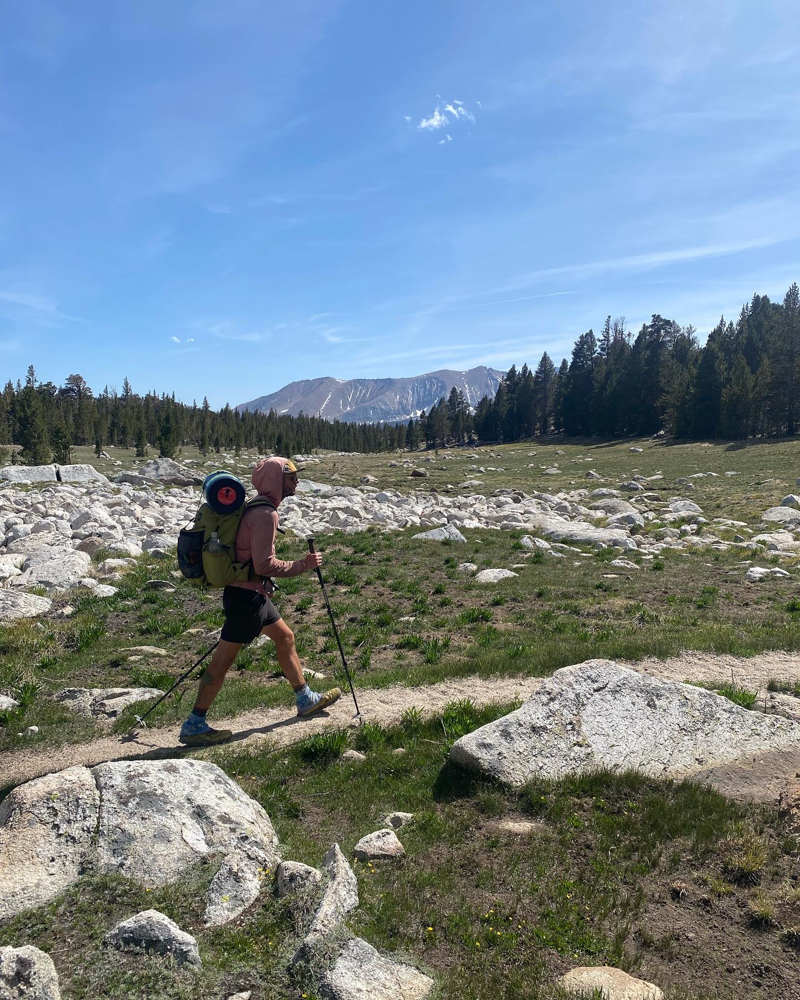
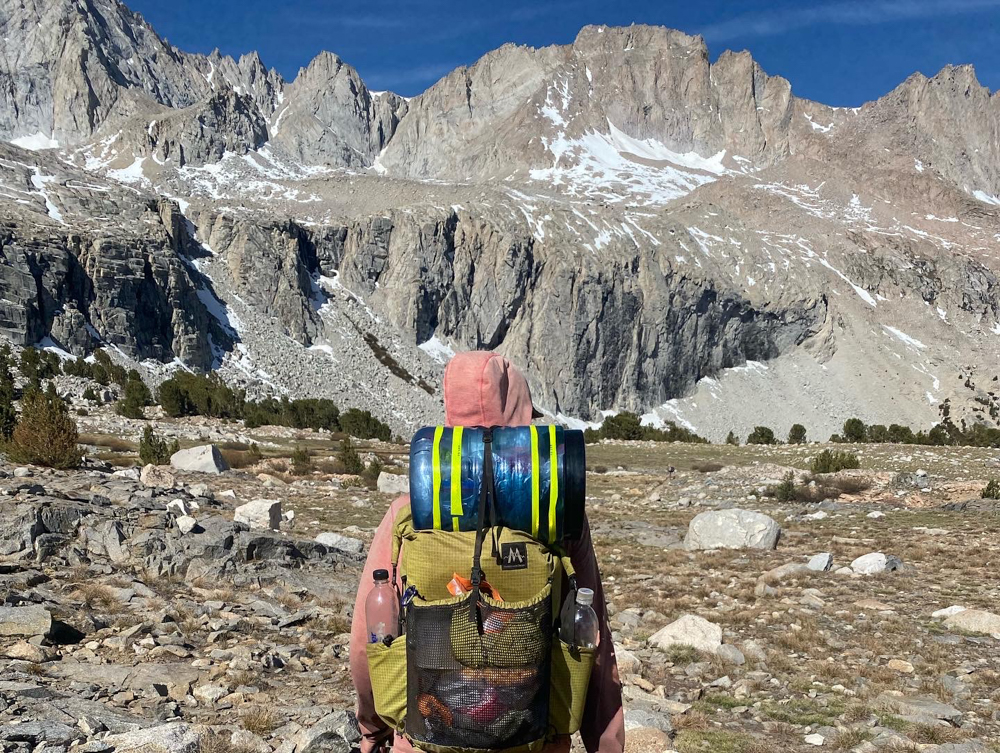
Thankfully, our instincts and information led us to the right decision, as we were very happy to have shipped back our technical snow gear and didn’t have any safety concerns along the way! However, despite not needing the extra equipment, the drier conditions still created some interesting pros and cons:
| Pros | Cons |
| Less gear: We shipped back our ice axes and didn’t require our microspikes due to the low snowpack. | Mosquitos: They were horrible for much of the time due to the early snowmelt which initiates the hatching process. |
| River Crossings: Usually a large concern, they were low and very manageable due to the smaller amount of snowpack that accumulated over winter. If they had been high, resources like this are extremely valuable! | Lacking Technical Terrain: Some hikers, like ourselves, were looking forward to the physical and technical challenge and were slightly bummed to find it was easier than expected. |
| Mountain Passes: Easier and safer to navigate without snow and ice fields covering the ascent and descent. Feeling at ease and confident at 13k feet was an unexpected joy. | Heat: While making the Sierra evenings comfortable, towns such as Bishop were in the triple digits. This made days that were intended for resupply, relaxation, and rest, more taxing. |
What We Would’ve Changed in the Sierras
Overall, we had an amazing time in the Sierras! We enjoyed the gear we had with us, and we are happy with the gear we left behind. As with many things, there are some changes we would like to have made if we could do it all over again:
- More bug spray. If there is one thing that really mentally beat us down on trail, it was be mosquitos. Running low on good bug spray is not a situation I would ever like to find myself in again.
- Reduce capacity. While you are certainly carrying more gear through the Sierras, the one thing that is no longer a concern is water capacity. With delicious water flowing every mile, desert dehydration is a thing of the past, so we could have dropped a bottle or two in order to reduce weight.
- Slowing Down: The dryer terrain allowed for speedier hiking. We wish we had taken more time swimming in lakes and hanging in cool towns like Bishop, California.
- Socks: Throughout the trail, I hiked in one pair of Darn Tough hiking socks and had one pair of Darn Tough running socks for sleeping. In order to allow my feet to stay dryer between river crossings, I would instead take three pairs of Darn Tough running socks to rotate between wearing and drying.
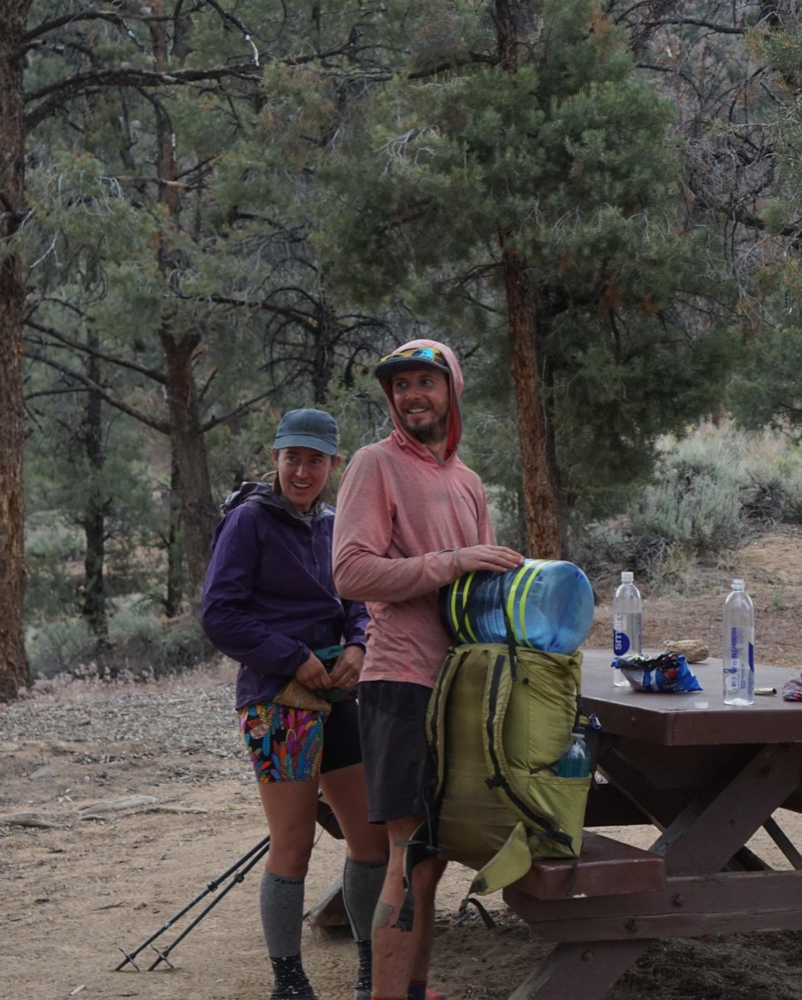
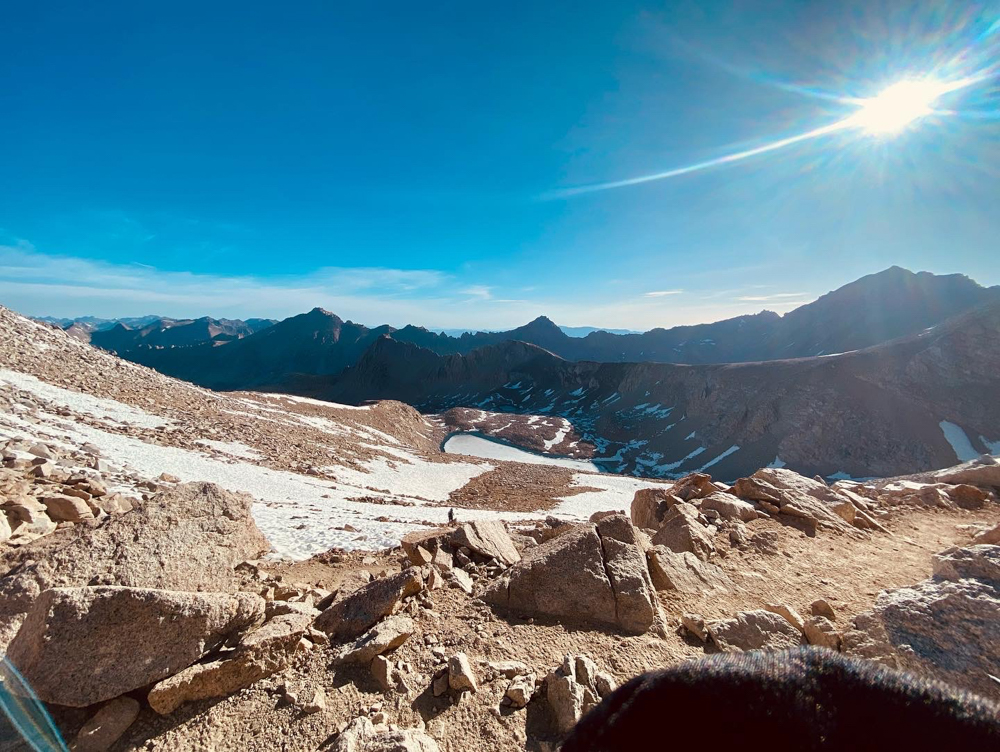
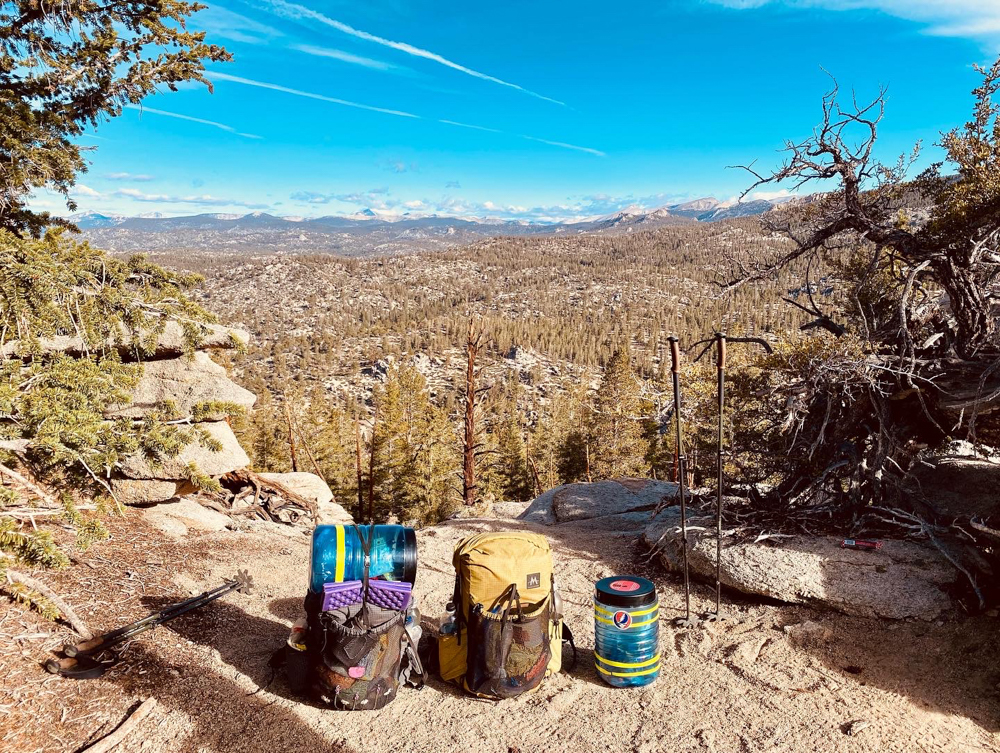
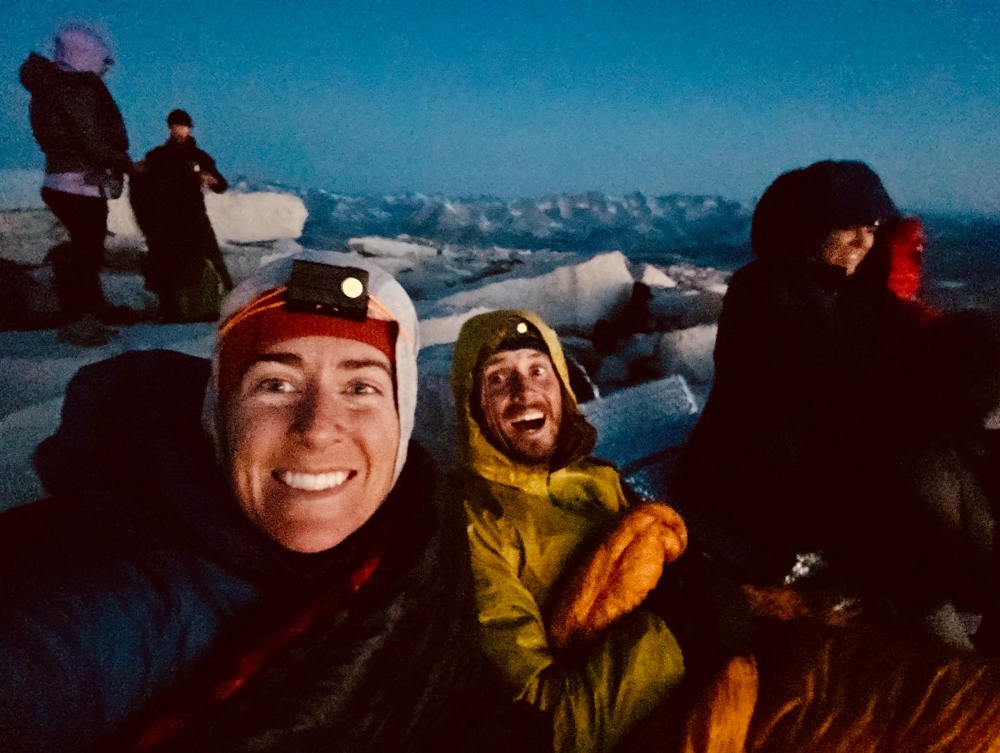
What about Northern California?!
Despite the more “difficult” terrain in California being centralized in the Sierras, the challenges were not lacking in Northern California. But, neither were the views! With beautiful wilderness such as Castle Crags and Trinity Alps, our heads were constantly on a swivel looking out into the horizon. There are however various burn areas to walk through which make the section a bit more unsettling. These areas also provided additional challenges as we had to proceed through continuous heat waves! Thankfully, beyond being uncomfortable from time to time, there wasn’t much prep that was needed for this section, particularly when compared to the Sierras.
The Final Word
When it comes to the Sierras, there is tons of preparation and planning that can be done to maximize safety and enjoyment. From analyzing data and accounts from years past, to determining current conditions and climate, you can try to gain some perspective on what kind of terrain you are likely to encounter. However, you can always be confident that you will find some of the most beautiful and dramatic mountain views on the entire PCT… and world!
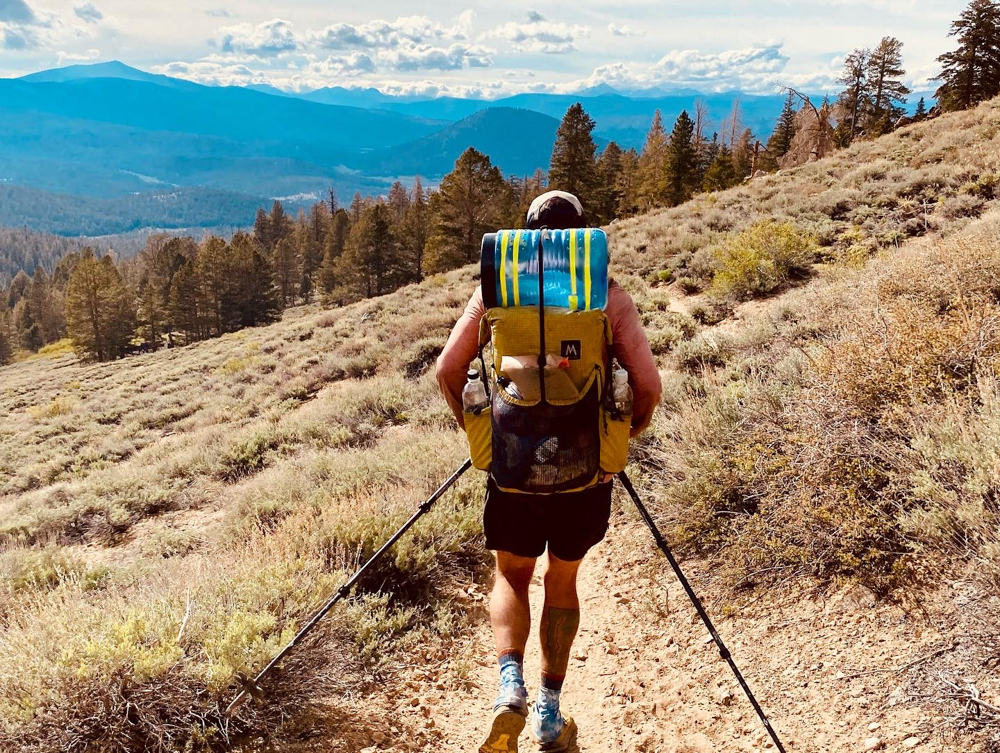
About the Gear Tester
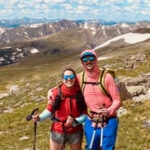
Tim Kennedy
Tim is thru-hiking the Pacific Crest Trail with his wife Vee. When he’s not hiking, he’s likely eating or sleeping, but off the trail you can find him running through the mountains, backcountry skiing or spectacularly failing at disc golf.

